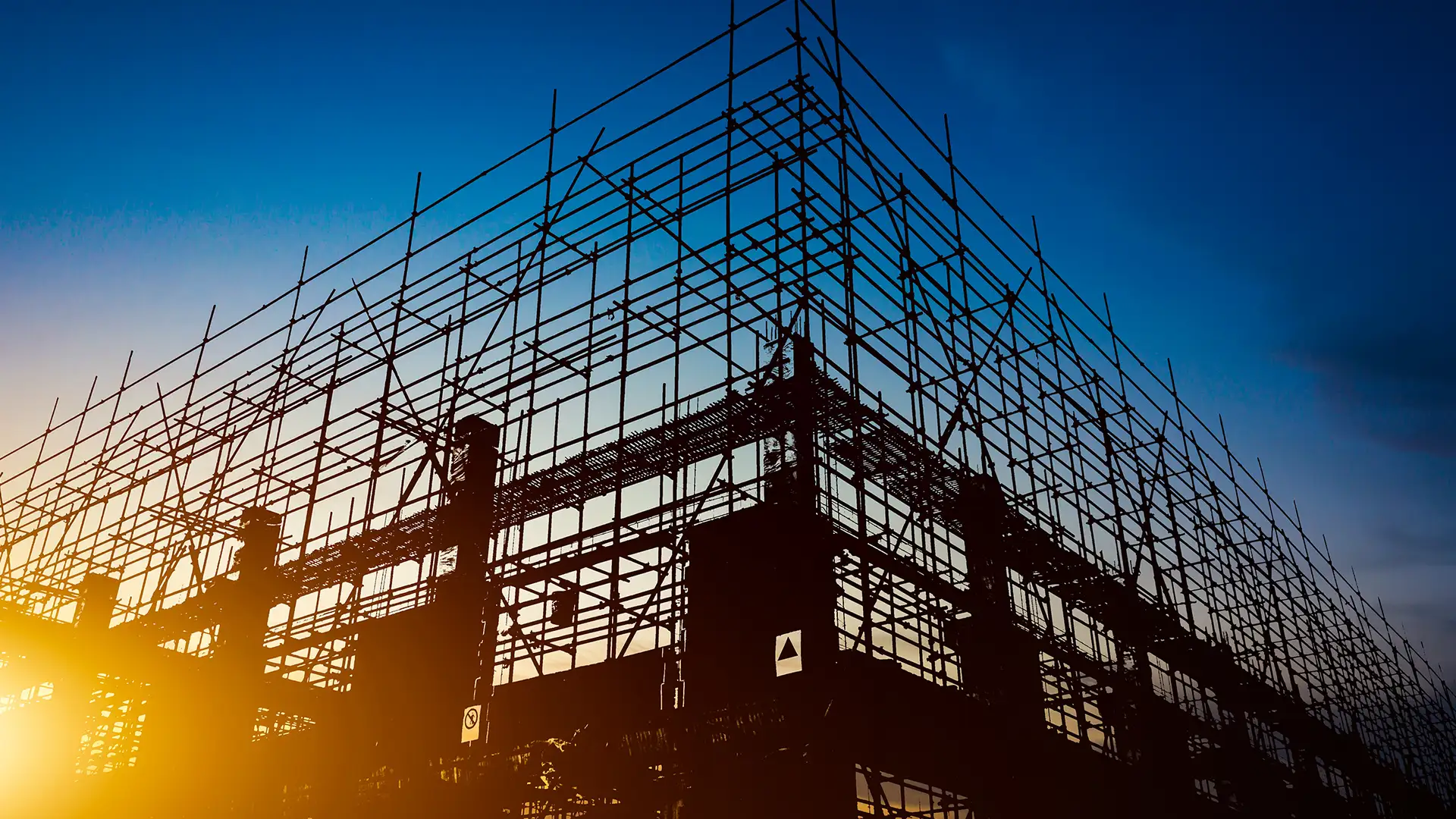
Newsletter Subscribe
Enter your email address below and subscribe to our newsletter

Enter your email address below and subscribe to our newsletter

Housing serves more than just shelter, as it adapts to various routines and multi-purpose living. Multi-use homes that adapt over time have become increasingly valuable, offering flexibility without the need for extensive reconstruction. Among the various construction types, metal-framed options stand out as a durable and adaptable choice that aligns with these changing needs.
Residential steel buildings provide solutions that cater to a wide range of spatial functions. Their inherent strength enables large, open spans without internal support walls, which allows for uninterrupted layouts. This design flexibility supports multiple uses within a single structure, such as living quarters, hobby areas, garages, guest rooms, or home offices, all of which can coexist within the same footprint.
A notable feature of these builds is the absence of interior columns. Wide, open spaces make it simple to create open-concept designs or divide areas as needed. Loft spaces, entertainment zones, storage rooms, and studio-style living areas all fit within this kind of layout. The absence of load-bearing interior walls allows for greater flexibility in designing a floor plan that accommodates every need.
Adaptable interiors are conducive in multigenerational homes or spaces that require seasonal changes. Homeowners can redesign layouts without compromising the integrity of the structure. Movable partitions, modular furniture, and strategic lighting all work well in these buildings, enabling occupants to maximize the use of each area.
Steel offers exceptional resistance to weather, pests, and environmental wear. The material is less prone to warping, cracking, or shrinking compared to alternatives. The material’s stability helps limit future maintenance efforts. The stability of the framework also supports energy-efficient designs. Insulated wall panels, roof coatings, and reflective barriers integrate smoothly with metal framing.
Recyclability is another key strength. Most components can be reused or repurposed at the end of their lifespan, reducing environmental impact. Most components can be reused or repurposed at the end of their lifespan, reducing environmental impact. Industry leaders such as BlueScope Steel emphasize the role of responsible manufacturing and recycling initiatives, highlighting how steel construction supports long-term environmental performance.
Combined with efficient construction practices, this helps meet sustainability goals without compromising performance. These structures may qualify for certain environmentally focused design programs based on material use and efficiency. Additionally, pre-fabricated components reduce material waste on-site.
Design configurations can be adjusted to suit different living preferences and functions. Whether intended for quiet personal retreats or active family hubs, they accommodate design preferences in roof pitch, siding style, and finish. Interior additions such as mezzanines, skylights, or second stories can be included during planning or added later.
Layouts include attached garages, workshops, or utility rooms, especially on larger properties. In rural settings, such homes feature covered porches or attached barns. In suburban areas, compact configurations with lofts or multi-story options are more common. This range of customization ensures the structure remains useful as needs shift.
Those interested in residential steel buildings typically consult providers that specialize in tailored building systems. These experts take on the process, starting from designing, engineering, and code compliance across various regions. Some offer standard kits for faster turnaround, while others develop highly customized solutions based on the client’s usage goals.
Support may include recommendations for foundation types, insulation packages, ventilation setups, and exterior finishes. Assistance with permits and logistics also streamlines the process, enabling projects to transition smoothly from planning to installation without delays. Professionals in this field aim to simplify decision-making by aligning technical specifications with daily lifestyle needs..
Combining living, working, and recreational spaces in a single structure reflects the shift toward adaptable housing preferences. Residential steel buildings offer flexibility, longevity, and customization that align well with multi-use living environments. Their structural efficiency and design range support both current demands and future changes without requiring complete reconstruction.